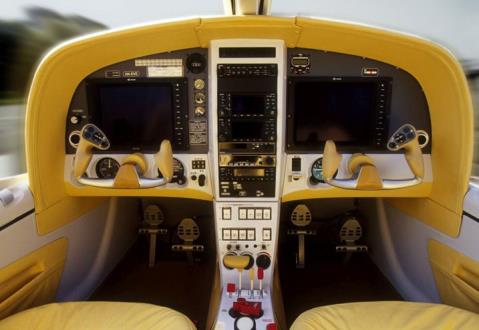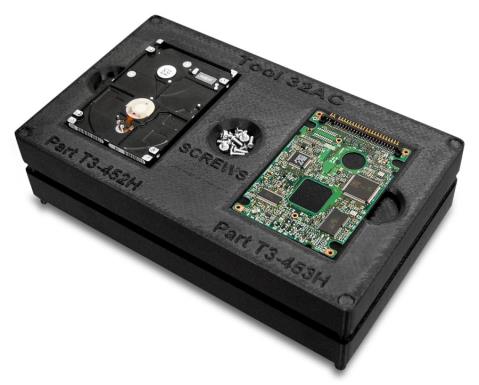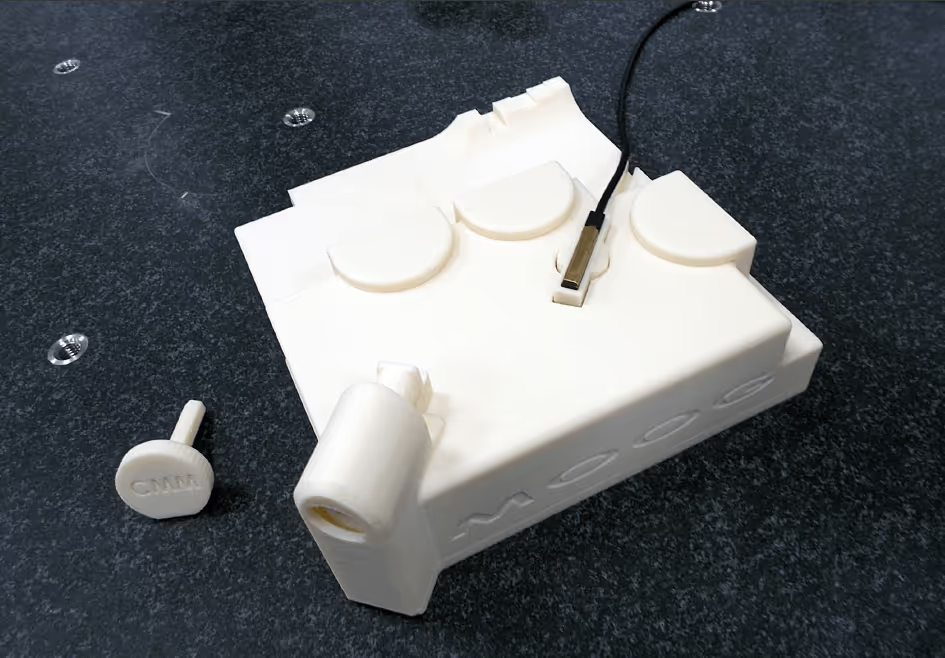3D Printing For Aerospace
Facing long lead times, costly tooling, and design limitations?
A route to smarter path such as weight reduction, simplify production, and meet aerospace compliance with greater agility.
.jpeg)
Overview Of Aerospace Industry
Industry Challenges
Traditional aerospace manufacturing is restricted by costly tooling, long lead times, and supply chain delays. Producing low-volume, custom or replacement parts often requires complex machining and assembly steps, which limit flexibility and speed.
Innovation Opportunities
Adoption of additive manufacturing in aerospace is driven by the need to simplify assemblies, consolidate part counts, reduce aircraft weight, and accelerate development cycles. Key innovation goals include improving part performance, enabling design freedom, predictive maintenance, and enhanced operational efficiency.

The Role of 3D Printing
Proven applications span form-fit-function prototypes, flight-certified interior components, engine and airframe tooling, and functional spare parts. The use of high-performance and composite materials ensures reliability and compliance with aerospace standards, while reducing cost and time-to-market.
Popular Applications
Materials for Aerospace Innovation
Aerospace requires lightweight, high-strength, and heat-resistant materials that meet strict compliance standards. From advanced polymers like ULTEM™ and Antero™ to technical ceramics such as Alumina and Zirconia, 3D printing enables durable, flight-ready parts and tooling with greater efficiency.
Discover the full material list

Related Content

Explore Related Products
Discover our range of products that are commonly used and suited for the aerospace industry.
%20copy.avif)
Talk To An Expert
Find the right solution for your needs or request for product recommendations. We’re here to help.


%20tooling.avif)
%20F370%20Motorcycle%20Helmet%20-%20Man%20with%20Prototypes%20in%20the%20office.avif)
%20Machining%20Fixture%202%20with%20hands%20-%20FDM%20Nylon%20CF10%20Material.jpg)



